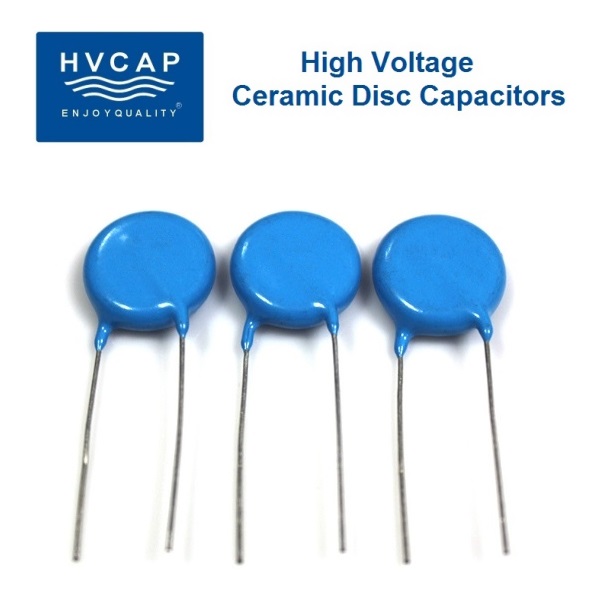X ray medical machine introduction –Digital Radiography in the Modern Veterinary Clinic–hv-caps.biz
Major veterinary clinics can boast having all the same leading diagnostic technologies found in a human hospital. MRI, CT, and ultrasound can be found in veterinary teaching schools, as well as well-funded clinics. Local veterinary clinics are seriously limited in resources for the exotic diagnostic tools, but digital radiography is generally affordable and greatly improves diagnostic quality.
Digital radiography (DR) eliminates the X-ray film that is normally exposed with the X-ray radiation and replaces it with a panel that is about an inch thick and 18 inches square. The panel resides in the area beneath the X-ray table previously occupied by the film carrier or Bucky. After exposure the digital radiographic panel transmits the digital information to an interface then to the acquisition computer. The entire process takes about 4 seconds before the image shows up on the computer screen. The veterinarian can immediately evaluate the need for additional images or retakes. With film, processing takes about 5 minutes and the animal usually gets a little restless during this time period. Any veterinary technician will tell you that taking an X-ray of an animal is usually a challenge. Even the best dogs don’t respond well to “take a deep breath and hold it.” The typical session with film takes about 25 minutes, and with digital, only a few minutes.
The image acquisition computer and monitor are always located in the x-ray room near the patient table since the technician will control the exposure with the monitor touch screen. While the acquisition monitor has sufficient quality to provide initial views, the detailed viewing is performed at a high-resolution viewing station. The viewing monitor is combined with special image viewing and manipulation software. An array of tools in the viewing software allow the doctor or radiologist to do zoom, region-of-interest (ROI), point-to-point measurement, and dozens of other specialized viewing functions.
We are almost all familiar with jpg, gif, and tiff picture formats associated with everyday computer applications. Modern medical imaging utilizes an industry standard image format structure called DICOM (Digital maging and Communications in Medicine). Essentially all the major modalities including MRI, CT, and ultrasound tend to have DICOM image compatibility. This standardization is enabling the implementation of filmless and paperless patient information systems.
A substantial saving is derived from the elimination of X-ray film and the associated chemicals used for processing. X-ray film costs about 80 cents a sheet. The chemicals used for developing and fixing need to be replenished, and the old contaminated solutions containing silver and chromium compounds that are considered hazardous waste must be disposed of properly. X-ray service companies perform the replenishment and recycling functions, but they are directly eliminated as soon as digital radiography is installed.
Newer veterinarians are introduced to DR during their schooling and plan for it at the inception of their practice. Consumers can also play a significant role in the decision for their veterinarian to go with DR. During many DR installs, the doctor or staff has remarked that their patients’ owners have made it known that a nearby clinic has upgraded and infer that it would be good for business to upgrade.
A veterinary clinic that performs only 2 or 3 X-ray exams in a day would be hard pressed to justify $70,000 for acquiring digital radiography. A busy clinic might perform 8 or 10 X-ray exams in a day. The time savings for a busy clinic tends to be the biggest factor in justifying DR, with the savings on X-ray film and processing being the second biggest factor.
On occasion images need to be read by a radiologist at another location. In other cases, the images need to be seen by a specialist for evaluation. Any veterinary practice with an Internet connection can transmit the images to a remote location for evaluation (this is called teleradiology). An alternative would be to burn the images on a CD and send the CD to the viewing location.
The large animal veterinary practice is normally equipped with a portable DR system to accommodate horses, cows, and other four-legged creatures. A hand-held DR panel is placed behind the part to be X-rayed, and a small portable X-ray generator provides the X-ray source.
The entire DR configuration installed in a veterinary clinic is a scaled-down version of what is used in a human clinic or hospital.


